Note: This blog is a re-edit of the article that was posted on Tatsuya Oe’s blog page in October 2015. As “Rage and Redemption” was newly mixed and included in the new album “Saga,” we would like to introduce the article here, hoping that you will be interested.
Today, I would like to tell you a backstory of “Rage and Redemption,” Dark Model’s new track, which follows the first full album (and was included in the 2nd album “Saga“). As the title states, this orchestral-electronic, beat-oriented track featuring choir (choral) sound, has a strong contrast in terms of song structure. While Dark Model’s music may have something in common with trailer music or film music in that both feature epic orchestral sound, I think you will hardly come across a track like this in those genres as it is solidly based on electronic elements and beats. Hopefully, this music will sound fresh and different from so-called “epic music” to you.
Contents
(This Youtube video is the first version, not the album version.)
Arranging a Multi-layered Choir with Electronic sounds
The primary goal I aimed at in this song was to add a dynamic effect to the electronic sound by featuring an epic choir like the way I had done in “Ran (Resistance)” (the video on the bottom), which is included in the first album. When it comes to songs accompanied by a choir, I prefer ones that have vivid, anthemic, and classical-influenced tones to ones that feature atmospheric or healing voices, which you can often hear in New Age music. I even expect to feel some insanity in those choir songs. That’s why I balanced such tones with my style and thought over how to get my piece creative and original.
Speaking of the mixing down the track, it took me about one and a half months to wrap up the final mix. There were a few hundred audio tracks and MIDI tracks I used, and I spent a lot of time in the choir part. Regarding making choir sounds, a great variety of software and sample libraries have been around. But to me, it is unlikely to get the right texture by hitting the notes simply with one of those ready-made products. During the process of this song, I got in touch with a music software company in Bulgaria, and we talked a lot about how to make the most of the characteristics of their product. Because the owner of the manufacturer is a baritone singer as well as a composer, the discussion with him was very productive for me.
It is important to make sure that each note of the song is placed (i.e. composed) effectively regarding its harmony and ensemble before you pay attention to how it sonically sounds. Of course, that “principle” applies to not only choir recording but also any recording. If not, it would be unlikely for you to bring out the strength of your song, no matter how many layers you add to it. On the other hand, if I built in many complicated choral moves like authentic “contrapuntally-written” baroque music, the song pretty much would lose its energy or momentum as electronic (dance) music. So, I tried to come up with a direction while being vigilant about balancing the choir moves with the bass lines to maximize both a driving feel and a solemn or even tragic feel in a vivid way.
Choosing Legit Software Synthesizers
Another thing that I’ve focused on in this song was how to use synthesizer sounds effectively and add sharpness to the music. I especially paid attention to the bass sound. Electronic music-wise, the underlying sound structure of this song has much in common with that of Industrial music/Electronic Body Music. When it comes to creating gritty synth bass sound, which is suitable for those genres, getting vintage synthesizers frequently used in the 80s and 90s can be one way. Often, however, that hardware doesn’t live up to my expectations anymore as it lacks something punchy demanded in the modern era (unless I can afford the time to process it meticulously).
I used to grab and try various vintage synthesizers (both analog and digital), but I have found software synthesizers could bring out better results. I think Rob Papen and U-he are among the best software makers. Speaking of modern hardware synthesizers, I definitely like the Virus series made by Access Music. It is still hard to expect software synthesizers to perform at the same quality as the Virus phenomenally does. Despite that, as the two brands do offer very legit sounds made by the real synthesizer enthusiasts (as you can see below), I have complete confidence in using them for my music production. I would recommend Rob Papen’s Predator and U-he’s Hive, the latter of which has just been released. If you are familiar with how to configure the parameters of synthesizers, U-he’s Zebra will be for you.
The Beat: Contrast AND Consistency
As for the beat making, in addition to the electronic kicks and electric snares, I included several kinds of orchestra percussion in the song as a dramatic accent. You might know that percussive elements such as marching drums and timpani have been fixtures of Dark Model’s ensemble. I created a contrast of the groove between the first part with the tribal beats and the second part with the Dubstep-esque beat while I programmed both parts using the same drum kit to maintain sonic consistency. To make Dubstep rhythm sound lively and tight, I think it’s important to work out hi-hat rhythm patterns, especially by making the most of its 16th notes. (If you’re familiar with minimal techno music, you understand small changes in hi-hat patterns can make a big difference.)
See the Forest for the Trees, but Stay Bold
Having said that, when you have many elements to consider in one song, such as not only beats but also melody, harmony, and mixing, you could be too obsessed with the details to get a whole picture of the song (, which is partly because I try to avoid going into the details just about technical stuff and devices on my blog). To overcome the “micromanager’s dilemma,” it may be good to change ways of reviewing your work. For example, try to shift your focus on a daily basis or to audition the song in other places. The more details you work on, the more the stark truth, “your music doesn’t always sound to your audience like the way it does to you,” makes sense. So, let’s remember what you really want THEM to pay attention to.
After all, even though you want to stick with your principles as a creator, you should keep a ‘Who cares!’ attitude in mind so as not to be full of yourself. (In fact, few care about your principles.) At the same time, be careful not to get caught up in a popular myth (or even an illusion), so-called “objectivity.” It often bothers you to perform fully like a trap, so don’t let it hold back your creativity. Nobody has created a masterpiece by trying to be “objective.” Stay bold. Whatever people say about your work, it is undeniable that you are the only one who has the responsibility of getting along with your creation to the end.

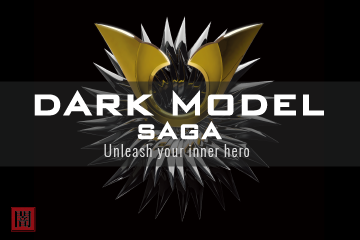

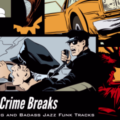



 What are the Numbers Game and Waiting Game? Talk about how t
What are the Numbers Game and Waiting Game? Talk about how t  My personal story of bootstrapping an independent music labe
My personal story of bootstrapping an independent music labe 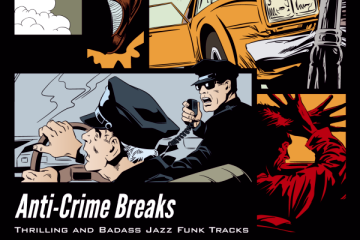 The album "Anti-Crime Breaks" features robust and
The album "Anti-Crime Breaks" features robust and  Exploring the power of prolific creation through artists lik
Exploring the power of prolific creation through artists lik 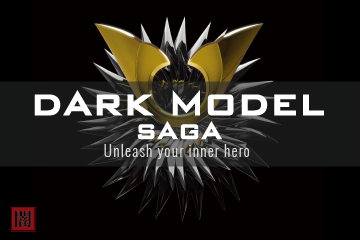 Here is the making of Dark Model’s new track "Rage and
Here is the making of Dark Model’s new track "Rage and 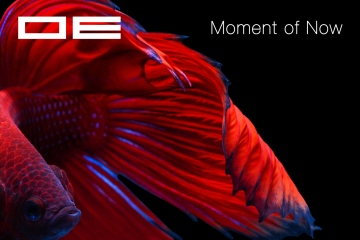 Zero in on Now “Moment of Now,” the fifth album of OE’s Zen-
Zero in on Now “Moment of Now,” the fifth album of OE’s Zen- 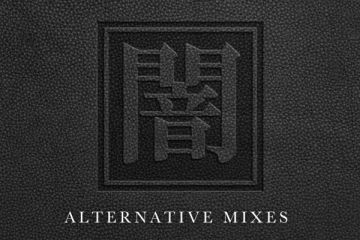 Uncover the ‘Hidden Best Album’—packed with fresh, surprisin
Uncover the ‘Hidden Best Album’—packed with fresh, surprisin  We just have created our Spotify profile, which has many pla
We just have created our Spotify profile, which has many pla 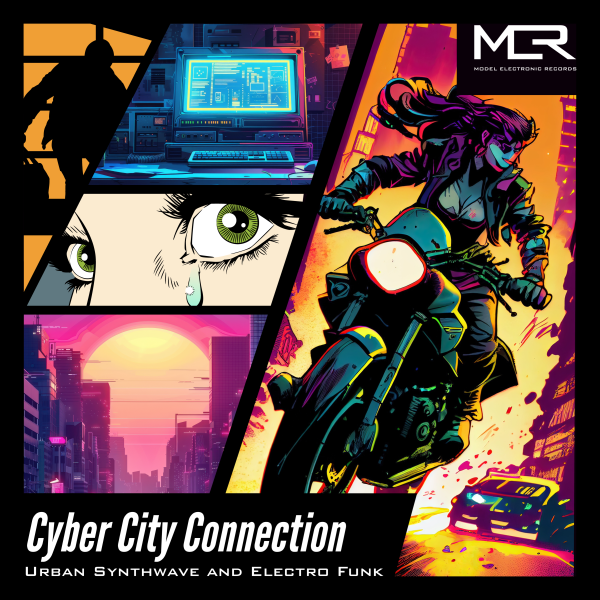 The 8th release under the MER moniker by Tatsuya Oe (Captain
The 8th release under the MER moniker by Tatsuya Oe (Captain 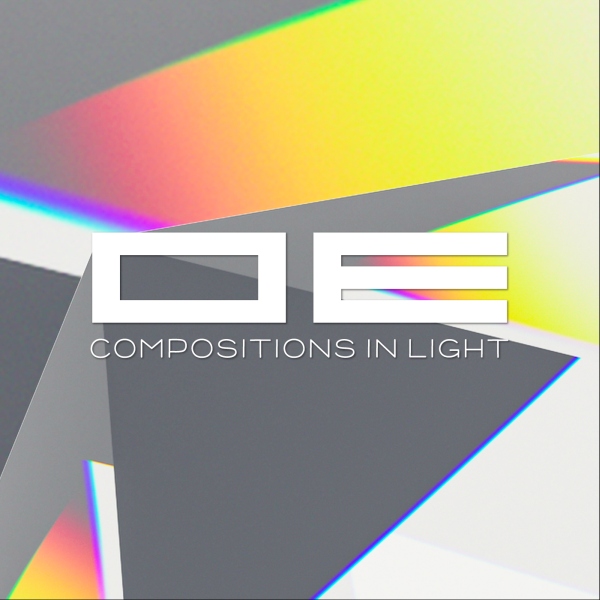 Minimalism and grooves weave the interplay of light and shad
Minimalism and grooves weave the interplay of light and shad